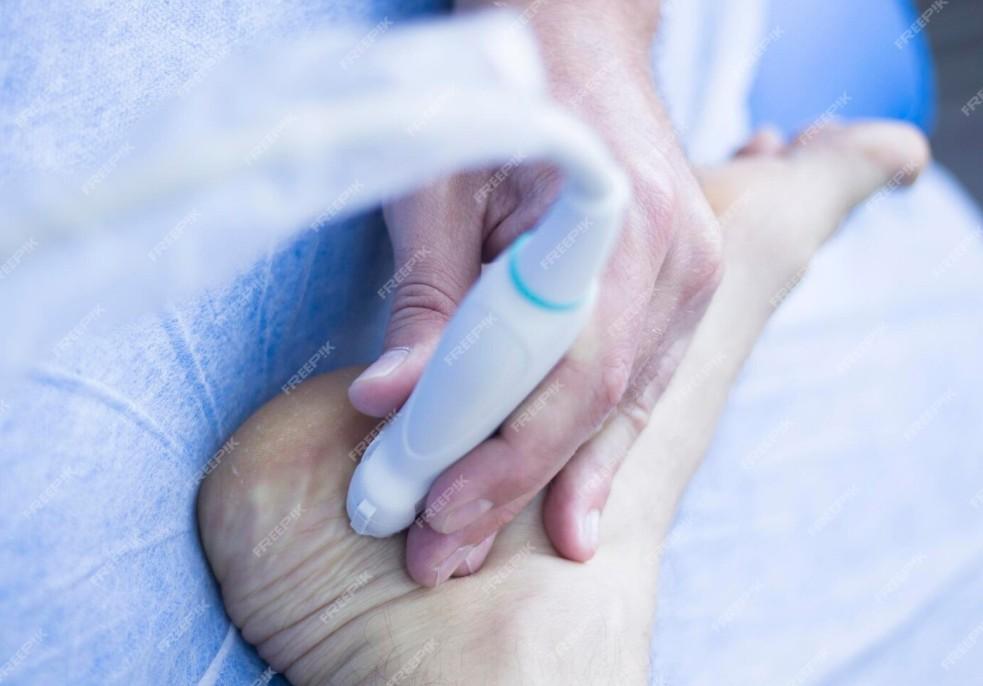Notifications

3 minutes, 58 seconds
-24 Views 0 Comments 0 Likes 0 Reviews

peripheral neuropathy and treatment options have long posed challenges to patients and healthcare professionals alike. Characterized by damage to the peripheral nerves, this condition can lead to pain, numbness, tingling, muscle weakness, and impaired motor function—primarily in the hands and feet. Although traditional therapies such as medications and physical therapy provide symptom relief, they often fall short in addressing the root cause of nerve damage. Today, an exciting frontier is emerging in the form of regenerative therapies, offering the promise of not just symptom management, but actual nerve repair.
Understanding Peripheral Neuropathy
Peripheral neuropathy refers to any condition that results in damage to the peripheral nervous system. This complex network of nerves is responsible for sending messages between the central nervous system (the brain and spinal cord) and the rest of the body. The causes are varied, including diabetes, chemotherapy, autoimmune diseases, infections, traumatic injuries, and vitamin deficiencies.
Common symptoms include:
Burning or shooting pain
Muscle weakness
Loss of coordination or balance
Sensitivity to touch
Numbness or tingling sensations
Conventional peripheral neuropathy and treatment strategies primarily aim at symptom control. These often involve medications such as anti-seizure drugs (e.g., gabapentin), antidepressants, topical creams, and pain relievers. While helpful, these do not reverse nerve damage or restore lost function.
Regenerative Therapies: A Revolutionary Approach
Recent advancements in biomedical science have paved the way for regenerative therapies—a class of treatments designed to repair or replace damaged tissues. In the context of peripheral neuropathy and treatment, regenerative medicine focuses on repairing the damaged peripheral nerves to restore their normal function.
Key regenerative therapies being explored include:
Stem Cell Therapy
Stem cells have the unique ability to develop into various cell types, including nerve cells. When injected into affected areas, stem cells can potentially regenerate damaged nerve tissues and improve nerve function.
Platelet-Rich Plasma (PRP) Therapy
PRP is derived from the patient’s own blood and contains growth factors that promote healing. When injected into damaged nerve areas, it may support nerve regeneration and reduce inflammation.
Exosome Therapy
Exosomes are extracellular vesicles that facilitate cell-to-cell communication. They can deliver proteins and genetic material that stimulate nerve healing and reduce inflammation, showing promise as a non-cellular regenerative therapy.
Low-Level Laser Therapy (LLLT)
Though not cellular in nature, LLLT promotes tissue repair and reduces inflammation, making it a complementary option in regenerative therapies for neuropathy.
Conclusion
While traditional peripheral neuropathy and treatment options provide much-needed relief, they often do not target the root cause of nerve degeneration. In contrast, regenerative therapies offer a transformative approach by focusing on healing and regenerating damaged nerves. Although more research is needed, early clinical results are promising. As this field evolves, patients suffering from neuropathy may soon have access to therapies that not only relieve pain but also restore nerve function—bringing true hope for recovery.

